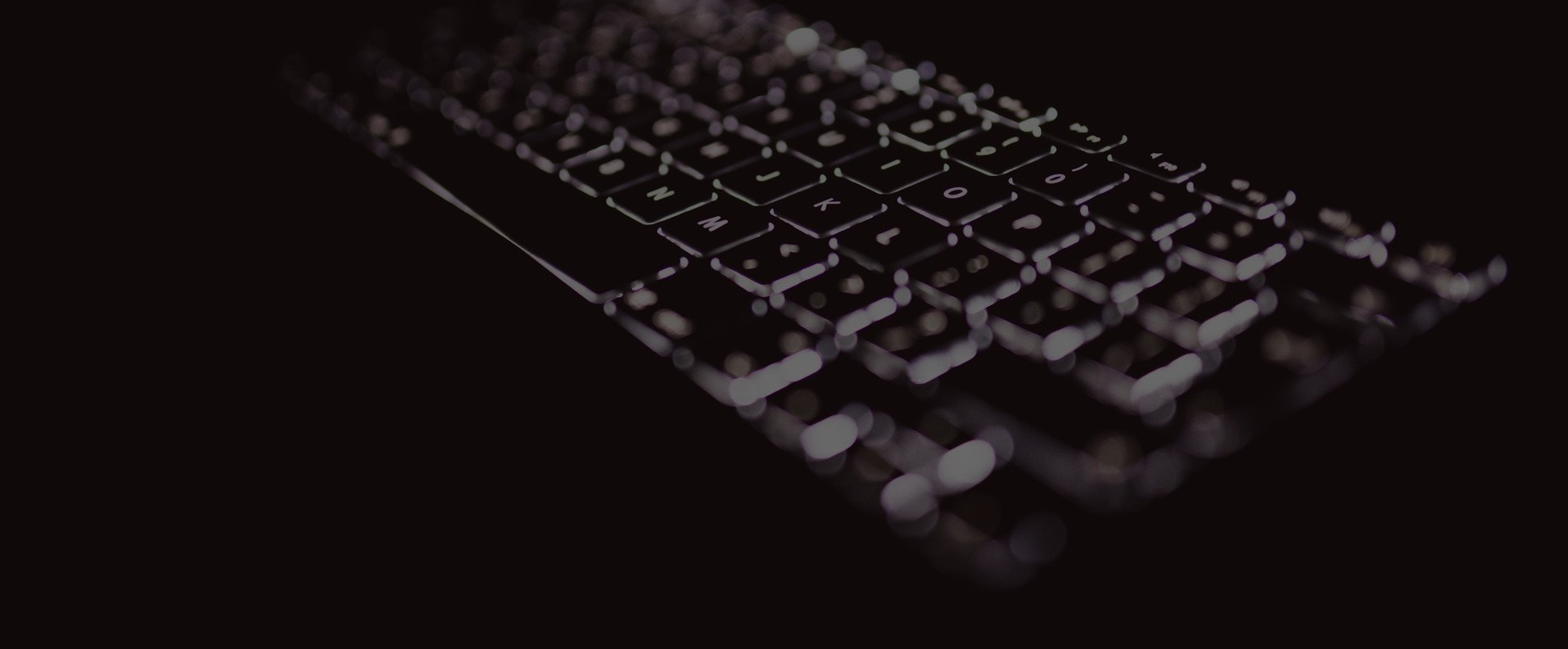
COVID-Themed Lures Target SCADA Sectors With Data Stealing Malware
A new malware campaign has been found using coronavirus-themed lures to strike government and energy sectors in Azerbaijan with remote access trojans (RAT) capable of exfiltrating sensitive documents, keystrokes, passwords, and even images from the webcam.
The targeted attacks employ Microsoft Word documents as droppers to deploy a previously unknown Python-based RAT dubbed “PoetRAT” due to various references to sonnets by English playwright William Shakespeare.
“The RAT has all the standard features of this kind of malware, providing full control of the compromised system to the operation,” said Cisco Talos in an analysis published last week.
According to the researchers, the malware specifically targets supervisory control and data acquisition (SCADA) systems in the energy industry, such as wind turbine systems, whose identities are currently not known.
The development is the latest in a surge in cyberattacks exploiting the ongoing coronavirus pandemic fears as bait to install malware, steal information, and make a profit.
Using COVID-19 Themed Lures as Decoy
The campaign works by appending PoetRAT to a Word document, which, when opened, executes a macro that extracts the malware and runs it.
The exact distribution mechanism of the Word document remains unclear, but given that the documents are available for download from a simple URL, the researchers suspect that victims are being tricked into downloading the RAT via malicious URLs or phishing emails.
Talos said it discovered that attack in three waves starting in February, some of which used decoy documents claiming to be from Azerbaijan government agencies and India’s Defense Research and Development Organization (DRDO), or alluding to COVID-19 in their file names (“C19.docx”) without any actual content.
Regardless of the attack vector, the Visual Basic Script macro in the document writes the malware to the disk as an archive file named “smile.zip,” which consists of a Python interpreter and the RAT itself.
The Python script also checks the environment where the document is being opened to make sure it’s not in a sandbox — based on the assumption that sandboxes have hard drives smaller than 62GB. If it detects a sandboxed environment, it deletes itself from the system.
Making Registry Modifications to Gain Persistence
As for the RAT, it comes with two scripts: a “frown.py” that’s responsible for communicating with a remote command-and-control (C2) server with a unique device identifier, and a “smile.py” that handles the execution of C2 commands on the compromised machine.
The commands make it possible for an attacker to upload sensitive files, capture screenshots, terminate system processes, log keystrokes (“Klog.exe”), and steal passwords stored in browsers (“Browdec.exe”).
Besides this, the adversary behind the campaign also deployed additional exploitation tools, including “dog.exe,” a .NET-based malware that monitors hard drive paths, and automatically transmits the information via an email account or an FTP. Another tool called “Bewmac” enables the attacker to seize control of the victim’s webcam.
The malware gains persistence by creating registry keys to execute the Python script and can even make registry modifications to bypass the aforementioned sandbox evasion check, possibly to avoid re-checking the same environment again.
“The actor monitored specific directories, signaling they wanted to exfiltrate certain information on the victims,” Talos researchers concluded.
“The attacker wanted not only specific information obtained from the victims but also a full cache of information relating to their victim. By using Python and other Python-based tools during their campaign, the actor may have avoided detection by traditional tools that have whitelisted Python and Python execution techniques.”
Full article attribution is made to its original source and author.


